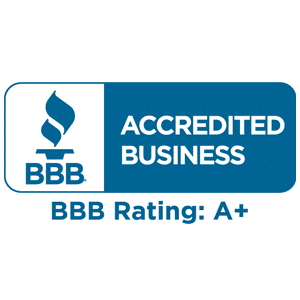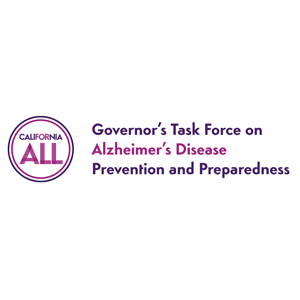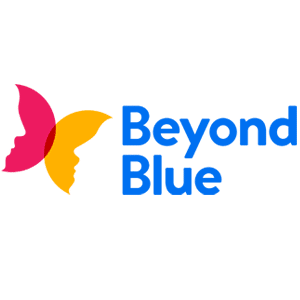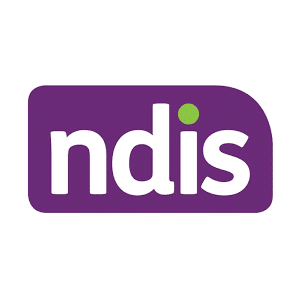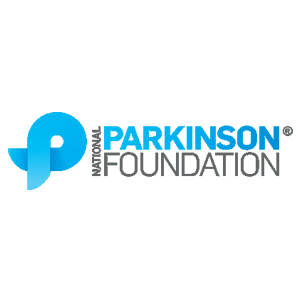20 Ways to Get Your Elderly Parents to Eat More Protein with Their Meals
When you hear the words “high protein diet” do you immediately think of bodybuilders? Well, getting sufficient protein is important to everyone’s diet, and especially in older people, in order to maintain overall health, muscle strength, balance, agility and resilience.
Why do we need protein?
Protein is one of the foundational nutrients that make up your body. Every cell in your body relies on protein to function including muscle, bones, internal organs as well as skin, hair and even nails.
Protein is essential for healing, building and repairing cells and body tissue. We need protein to:
- Heal from injuries
- Keep your fluid levels in balance
- Recover from surgery or illness
- Maintain healthy vision
- Balance your hormones and digestive enzymes
Why do Seniors need more protein?
Research has found that older people are not able to use protein as easily as younger people, so their bodies may need more protein to meet its needs. Without sufficient protein, your body starts to break down muscle mass and lose bone strength.
A diet high in protein can protect against this loss of tissue. Strong bones and muscles allow us to get out of a chair, walk to the shops, do gardening, go dancing, or play with grandchildren. Even simple tasks like pulling on our socks and getting out of the shower are made easier with healthy and strong muscles and bones.
In lean, young adults, 30% of the body’s protein lives in the muscles, and 50% of their total body weight can be muscle (like those bodybuilders). As we age, it is normal to lose some muscle mass. By 75-80 years old, around 25% of the body is made of muscle. Most of the muscle we lose is in the legs, which leads to weakness, tremors and feeling tired and achy when walking, as well as an increased risk of falls. Ageing also uses up your nutritional reserves. When we are young, we can survive on a diet lower in nutrition, but by the age of 65, our reserves may be exhausted. Without the proper intake of nutrients daily, weakness and frailty can result.
How Much Protein Do Older People Really Need?
It is generally recommended that 10-35% of your calories should come from protein. That means if you eat 2000 calories in a day, you need between 200 and 700 calories to come from of protein.
Recent research shows that these recommended amounts of protein may actually be too low for elderly people. Seniors may actually need 1.0-1.3 grams of protein for every kilogram of body weight. For example, if you weigh 70kg, this could mean consuming 70 – 90 grams of protein every day, regardless of your calorie intake.
Where Does Protein Come From?
Protein can be from animal or plant sources. Your body breaks down protein into amino acids. Your body then uses these amino acids as building blocks to build, repair and maintain your body. Amino acids are classed as either essential, non-essential or conditional. Essential amino acids need to come from your food. Non-essential amino acids are made by your body from the foods you have eaten, and conditional amino acids are the ones you rely on when you are ill or injured.
20 Tips for a High Protein Diet for Seniors
Increasing the amount of protein in your diet requires you to have a plan, and this starts with an awareness of your protein needs. Then make a list of high protein foods that you love to eat, and at every meal, try to swap out a carbohydrate for a higher protein food.
Breakfast
Breakfast tends to be the meal where most people lack protein. Here are some high protein breakfast ideas:
- Add nuts and seeds to cereal. If you enjoy a bowl of cold or hot cereal for breakfast, try decreasing the cereal and replacing with nuts or seeds like:
- Pumpkin
- Sunflower
- Hemp
- Flax
- Start with an egg. Eggs are a neat little protein package. Each egg holds 6 grams of protein. There are so many ways to eat eggs. For a quick no-cook breakfast, try hard boiling six eggs at a time in advance. Keep in the fridge and grab one for a quick addition to breakfast.
- Make a breakfast bowl. Instead of cereal try a Greek yogurt breakfast bowl. One tub of yogurt could give you 17-20 grams of protein. Throw in a handful of nuts and seeds for even more protein-packed energy.
- Load up on nut butters. Keeping a jar (or two) of your favourite nut butter on hand makes adding protein easy. Try a spoonful of peanut, almond or cashew butter. Be careful to avoid nut butters with added sugars. Eat nut butters:
- On whole grain toast
- Mixed in your oatmeal
- In a shake
- On a sweet potato with cinnamon
- Protein shakes. Protein shakes make a quick and easy protein breakfast. You can use a plant-based or animal-sourced form of protein. Some protein powders will even mix right into your coffee or tea. You want to make sure you use a high-quality protein powder that does not contain added sugar, salt or other additives.
High Protein Lunch Ideas
- Add Protein to Salads. Salads are a great way to load up on protein and veggies. Add things to create a superfood salad recipe that keeps you full. Try:
- Nuts
- Seeds
- Leftover meat
- Cottage cheese
- Eggs
- Substitute meat for bread. Instead of going for a sandwich, make a meat roll-up. To make a quick lunch-to-go use a couple slices of thin turkey breast wrapped around:
- Cucumber
- Cheese
- Sprouts
- Lettuce
- Top with an egg. Eggs can also be added to your lunch as egg salad. Or just a hardboiled egg along with your regular meal.
- Add beans. Plant-based protein is a quick easy meal. Try a can of rinsed chickpeas mixed with quinoa, fresh parsley and tomato. Add in some feta cheese for extra “yum” and protein.
- High protein soup. Soup or pureed food is great for seniors who struggle with tough textures. You can slow cook stews and soups to make meat or beans softer and easier to digest.
High Protein Dinner Ideas
Most Australians consume the majority of their protein at dinner. Protein does not need to be evenly spaced throughout the day. If you like protein later in the day, take advantage of this.
A serving size for a meat protein is typically the size of your palm.
- Have a steak. Beef is a high protein food. If you choose a lean cut of meat, you can increase your portion and protein content.
- Grilled chicken breast. Chicken is another meat that you can eat more of if you choose a lean cut. A grilled chicken breast is quick, simple and tasty to add to a plate of vegetables or high protein grains.
- Add some cheese. Cheese adds flavour and is a nice start or finish to a meal. Try a cup of cottage cheese, a few slices of hard cheese or sprinkling cheese onto your soup as a finishing touch!
- Try fish. Fish provides extra options for variety. There are many different types of fish that you can add to your dinner. An average serving of tuna or salmon will give you about 25 grams of protein. Canned and frozen fish are also great choices.
- Meatless Monday. Add in a plant-based meal such as a chickpea falafel, tofu added to a stir-fry, or a hearty five bean soup or chili. Beans tend to have about 15 grams of protein per cup but are low in fat and high in fibre. Try going meat free once a week to mix it up!
High Protein Snacks
Snacks are another place to add in a protein punch. Try a combination of fresh fruits or veggies with:
- Smoked salmon
- Cheese
- Nuts (almonds, hazelnuts, mixed nuts, peanuts, peanut butter, walnuts)
- Seeds
- Healthy cured meats
Making sure that your diet includes enough protein will help keep you healthy. You have more energy to look forward to, and your muscles and bones will be stronger. Try some of these protein rich suggestions for your next meal.





